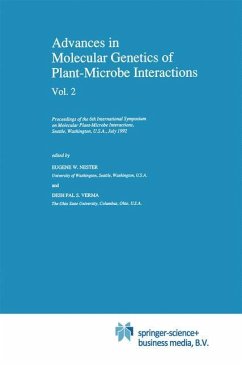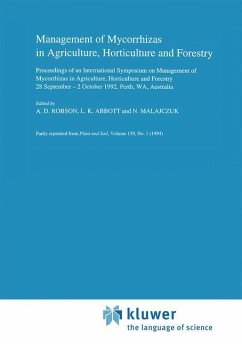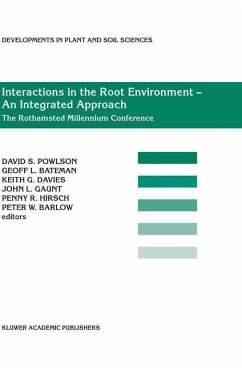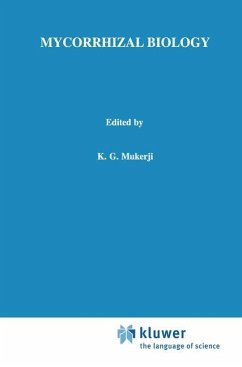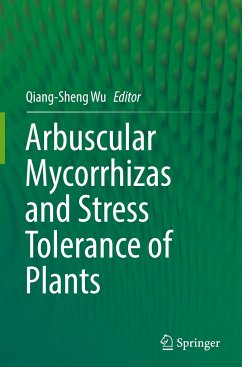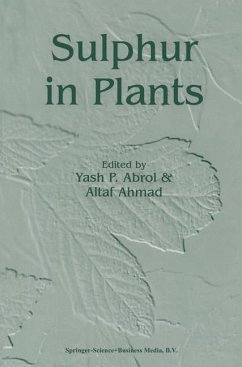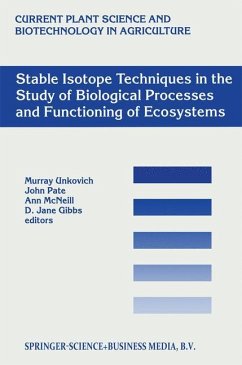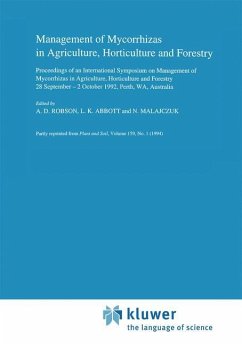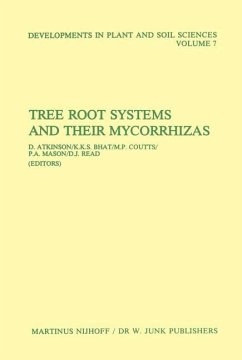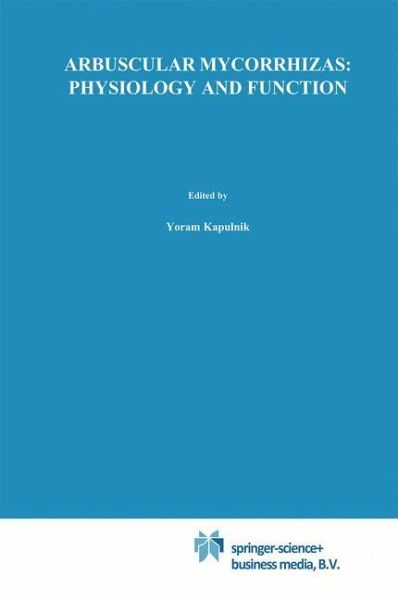
Arbuscular Mycorrhizas
Physiology and Function
Herausgegeben: Kapulnik, Y.; Douds, David D.
Versandkostenfrei!
Versandfertig in 1-2 Wochen
115,99 €
inkl. MwSt.

PAYBACK Punkte
58 °P sammeln!
Recent years have brought an upsurge of interest in the study of arbuscular mycorrhizal (AM) fungi, partly due to the realization that the effective utilization of these symbiotic soil fungi is likely to be essential in sustainable agriculture. Impressive progress has been made during the last decade in the study of this symbiosis largely as a result of increasing exploitation of molecular tools. Although early emphasis was placed on the use of molecular tools to study physiological processes triggered by the symbiosis, such as expression of symbiosis-specific polypeptides and modulation of ho...
Recent years have brought an upsurge of interest in the study of arbuscular mycorrhizal (AM) fungi, partly due to the realization that the effective utilization of these symbiotic soil fungi is likely to be essential in sustainable agriculture. Impressive progress has been made during the last decade in the study of this symbiosis largely as a result of increasing exploitation of molecular tools. Although early emphasis was placed on the use of molecular tools to study physiological processes triggered by the symbiosis, such as expression of symbiosis-specific polypeptides and modulation of host defences, other applications await. It was obvious to us that gathering leaders in the field to summarize these topics and point out research needs was necessary if we were to understand the physiology and function of AM fungi at a molecular level. In addition, we have taken the opportunity to present these reviews in a logical sequence of topics ranging from the initiation of the life cycle of the fungus to its functions in plant growth and in the below ground ecosystem. It was a challenge to limit this flood of information to the confines of one text. This is a very exciting time for mycorrhiza biologists and it is our hope that some of this excitement is conveyed to our readers.






